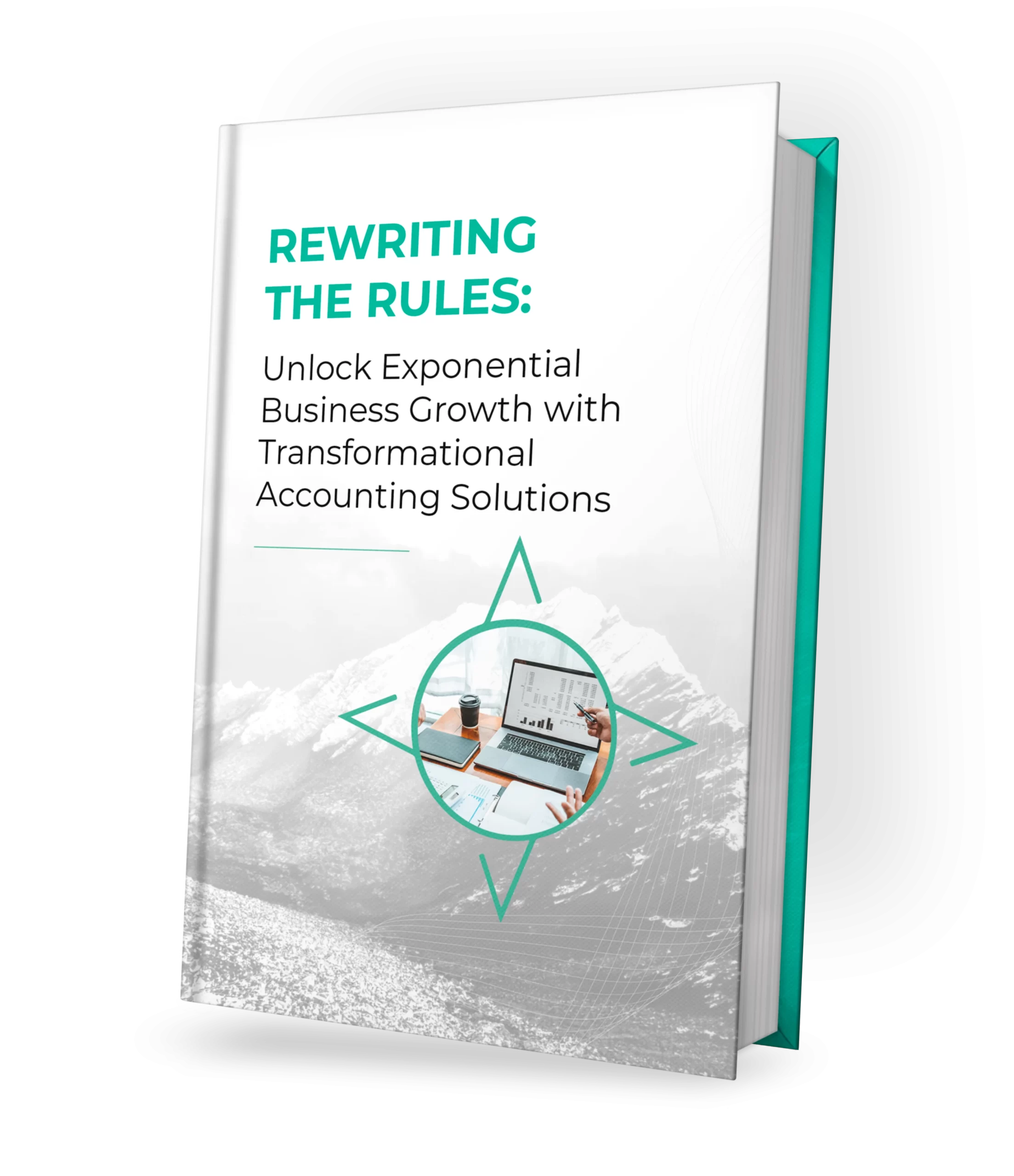The R&D Tax Credit – A Missed Opportunity for Many Startups and Small Businesses
The research and development (R&D) tax credit encourages businesses to invest in innovation by providing incentives. The R&D Tax Credit benefits both large and small businesses regardless of industry. Unfortunately, although many firms—especially startup and small businesses—invest in innovation, they do not make use of the R&D tax credit.
This is a missed opportunity. In this article we discuss how your company can make use of the R&D Tax Credit for the investments you make on qualifying investments.
What is the R&D Tax Credit?
The R&D Tax Credit is a dollar-for-dollar offset of your federal income tax liability, and in some cases your payroll tax liability.
Goal of the Tax Credit: Increase Research Activities
Although we often refer to it as the R&D credit, R&E credit, research and experimentation credit or merely the research credit, the official name legislators gave it, in IRC Section 41 makes it clear why it was created in 1981: “Credit for increasing Research Activities”.
Small businesses and early-stage startups that innovate by creating valuable and novel ideas within the United States should be able to make use of these tax credits to make their path smoother. So, if your company invests in research and experimentation activities in the US, your company would most likely be eligible to make use of this incentive.
In 2019, businesses across industries claimed an estimated $18 billion in R&D credits. According to the most recently available data (2014), a significant portion of that year’s tax credits were utilized by Fortune 500 companies. We can help you change that.
What are the Benefits of the R&D Tax Credit?
Whether your business is big or small you stand to benefit from this tax credit because it:
- Helps increase your cash flow
- Reduces your federal and state tax liability
- Reduces your effective tax rate
- Increases your return on investment made for research related activities
- Helps increase your earnings per share (EPS)
What Research Activities Are Eligible for the R&D Tax Credit?
The R&D credit applies to two different kinds of expenses that relate to activities performed within the US to advance US technologies.
- Qualified research expenses (QREs)
- Basic research payments (BRPs)
Basic Research Payments
These expenses must relate to an original investigation, leads to the advancement of scientific knowledge and not have a specific commercial objective.
Qualified Research Expenses
QREs must be made for specific commercial objectives. In that sense, QREs do not need to be for original investigations for the advancement of scientific knowledge. Derivative or duplicative investigations qualify for QREs. QREs can be made for products, processes, software development or improvements.
The good news is that you are eligible for R&D credits on your QREs or BRPs regardless of whether you succeed in your research endeavors. It is your effort that earns you the tax credit.
R&D Activities – The Four-Part Test
Your R&D activities must pass each element of a four-part-test to qualify for the tax credit.
- Payment of expense must be for a qualified purpose. The activity should be undertaken to improve the functionality, performance, reliability or quality of a product, process, technique, software, formula or invention that you intend to use in your business, or hold for sale, lease or (component) license.
- It must relate to technological uncertainty. The taxpayer must show that the business encounters uncertainty regarding whether it can or how it should develop the component. Or else, there needs to be an uncertainty regarding appropriate design.
- Process of experimentation to eliminate uncertainty. The third element is to show that the taxpayer employs modeling, simulation, systematic trial and error or other methods in order to evaluate alternatives.
- Activity must be technological in nature. Principles of engineering, chemistry, physics, biology, computer science, or similar natural or “hard” science needs to be employed to determine the success or failure of the evaluative process. That is, instead of depending on principles of social sciences and economics, for example.
What Are the Qualifying Expenses?
The expenses that qualify for the tax credit can fall under four categories:
- Taxable wages – Wages paid to your employees who perform or directly supervise or support qualified activities are eligible for tax credits.
- Cost of supplies – The costs for supplies used in qualified activities—other than capitalized costs and general & administration supplies—are eligible. This may also include costs for extraordinary utilities used in qualified activities.
- US Contractor Costs – Between 65 percent to 100 percent of contract research expenses on qualified activities can be eligible for the tax credit upon the condition that your company (taxpayer) retain substantial rights to the results of the research activity and are bound to pay the contractor regardless of failure or success of the project.
- Computing Costs – Cost of computer equipment used in qualified activities can be subject to the tax credit. This includes payments to cloud service providers (CSPs) and cost of server space to develop or improve a component.
What Activities Do Not Qualify for R&D Tax Credit?
Any activity, including those listed below, may qualify if they can meet the four-part test. However, expect greater scrutiny if the IRS examines the activity.
Excluded activities:
- Research activities conducted outside the US
- Routine data collection
- Ordinary quality control testing of existing components
- Market research and consumer preference testing
- Management
- Research “funded” by an unrelated third parties
The following activities typically fail to qualify because they do not meet the four-part test:
- Administration
- Training
- Repairs and maintenance
- Preproduction planning for a finished component
- Tooling-up for production
- Trial production runs
- Trouble shooting
- Accumulating data relating to production processes
- Activities relying on arts, humanities or the social sciences
- Research after commercialization
- Adapting existing components to cater to a particular customer’s need
- Duplicating an existing component via reverse engineering
Why Some Companies Don’t Claim the R&D Tax Credit
According to a 2017 Tax Outlook survey, here are reasons executives gave to National Accounting Firm BDO as to why their firms did not claim the R&D tax credit.
- Not doing groundbreaking work – Nearly half the companies in the survey used this as the key reason.
- Audit concerns
- Company is too small to benefit
- Alternative minimum tax
- Lack of necessary documentation
Are these valid reasons?
Not really. They are either incorrect or overstated, meaning these companies failed to utilize a tax credit they could have benefited from.
The law does not say need to work on “groundbreaking” research to qualify for the tax credits. Indeed, you can even fail to achieve results from your research and experimentation activity and still claim the tax credit. Also, there is no good reason why claiming the credits on an original return would lead to a tax audit. These tax credits are based on qualified spending rather than company sales revenue. That is why the size of your company is irrelevant. Your company does not require specific documentation to claim the R&D tax credit. Indeed, many court rulings, including the US Tax Court, have affirmed that oral testimony is good enough.
Finer Points
- No R&D department. What if you don’t even have and R&D department, but undertake activities that pass the four-part test? Then go ahead and find out whether you can benefit from the R&D tax credit.
- Not paying income taxes in the current year? No issues. You may still be able to make use of the R&D credits in a future year or with a payroll tax credit.
- Those paying Alternative Minimum Tax (AMT). Smaller companies can use their R&D credits against the AMT if they are not a public company and have $50 million or less average gross receipts for the three prior tax years from the current year.
- Professional Employer Organizations (PEOs) – If your company uses PEOs, you may still benefit from the payroll offset.
Small Business R&D – Your Path to Payroll Tax Credit
Your business does not have to be a “startup” or be classified a “small business” to become eligible for the payroll tax credit for R&D.
Just make sure your business fulfills the following conditions:
- Your gross receipts (revenue) must be less than $5 million
- It should be less than five years since your company’s first reported revenues
- You need to have R&D credits for use in the current tax year
- Qualifying employees and related payroll taxes must be based in the US
The 2017 Tax Cuts & Jobs Creation Act expanded the credit so that startups can claim R&D tax credits against payroll tax for up to five years. For each of those years, they are eligible for a credit of up to $250,000. The typical offset ranges between 6 percent to 14 percent.
If your company has been around for a long time, even more than five years, and have spent money on R&D, but without earning anything in gross receipts in the last five years, you may still be eligible. Life science companies that spend billions of dollars but must wait to receive approvals from the US Food and Drug Administration (FDA) before they can begin earning gross revenues are good examples of this.
Want to Know More About the R&D Tax Credit?
At Proseer we guide entrepreneurs to optimize their tax liability. If you have questions about whether your company qualifies for R&D tax credits and how to benefit in the current tax year, contact us or call 954-686-8687.

